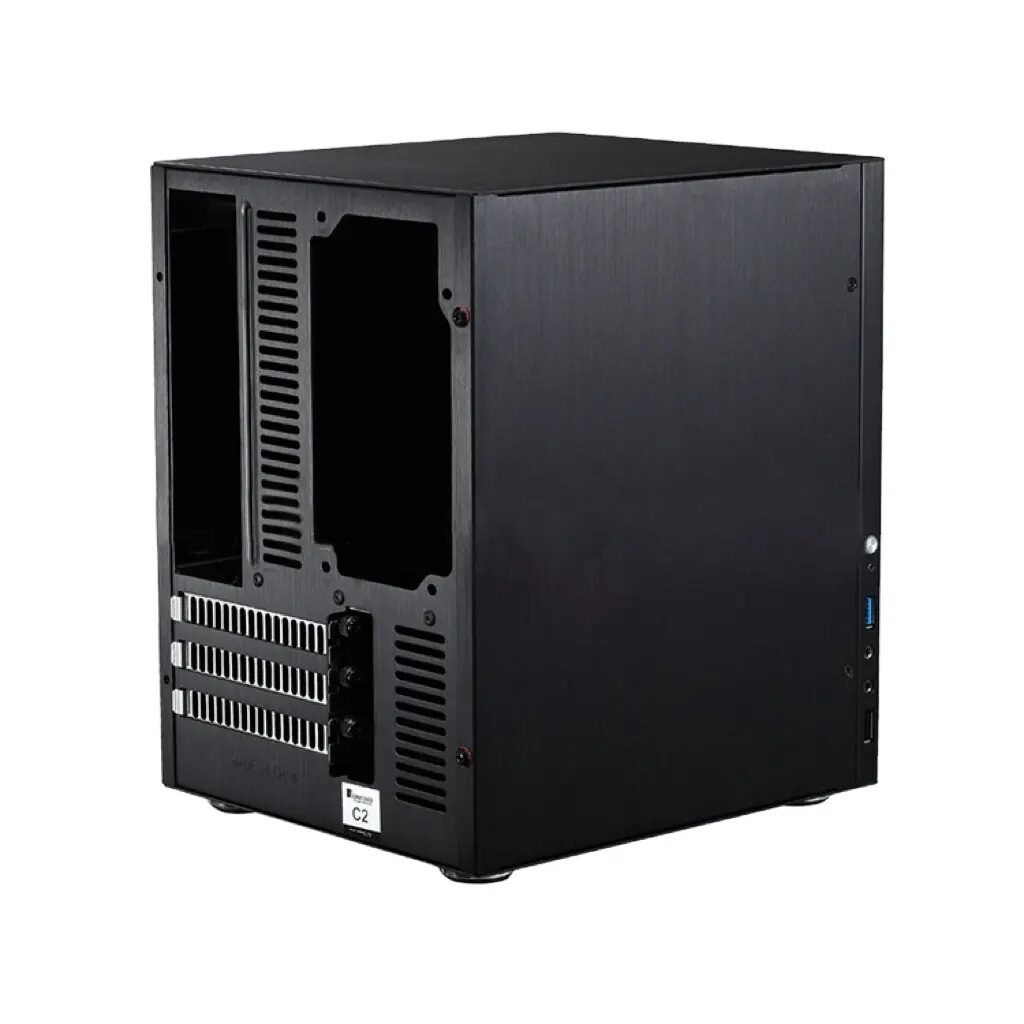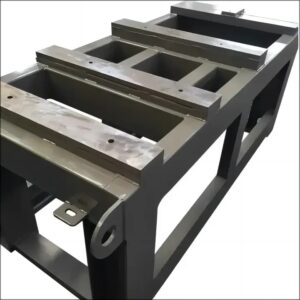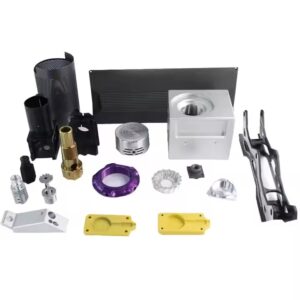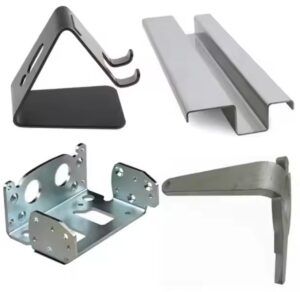Hey there, fellow manufacturers! After decades in the metal fabrication industry, I’ve seen firsthand how corrosion can destroy even the most well-designed components. Let’s dive into the real-world strategies for keeping your metal parts fighting fit in the toughest conditions.
Understanding Corrosion: The Silent Killer
Corrosion isn’t just a cosmetic issue – it’s a performance killer that can:
- Reduce component strength
- Compromise structural integrity
- Lead to catastrophic equipment failure
- Increase maintenance costs dramatically
Corrosion Prevention Strategies
1. Material Selection
The battle against corrosion starts before you even begin fabrication:
- Stainless Steel Options
- 304 Series: Good for general use
- 316 Series: Superior marine and chemical resistance
- Duplex Stainless Steel: Extreme environment performance
- Specialized Alloys
- Nickel-based alloys
- Titanium components
- Corrosion-resistant copper alloys
2. Surface Treatment Techniques
Protective Coatings
- Galvanization
- Hot-dip method
- Electroplating
- Zinc-rich coating performance
- Powder Coating
- Uniform coverage
- Multiple color options
- Superior durability
- Specialized Ceramic Coatings
- Extreme temperature resistance
- Chemical barrier protection
- Minimal thickness impact
3. Electrochemical Protection
Cathodic Protection Methods
- Sacrificial Anode Technique
- Zinc anodes
- Magnesium-based systems
- How they draw corrosive reactions
- Impressed Current Systems
- Advanced electronic protection
- Industrial-scale applications
- Continuous monitoring capabilities
4. Environmental Control
Storage and Handling Strategies
- Humidity Management
- Controlled storage environments
- Desiccant usage
- Proper packaging techniques
- Chemical Exposure Prevention
- Isolation techniques
- Protective wrapping
- Specialized transportation methods
5. Advanced Treatment Processes
Specialized Surface Engineering
- Plasma Nitriding
- Extreme hardness improvement
- Corrosion resistance enhancement
- Minimal dimensional change
- Chemical Vapor Deposition (CVD)
- Uniform molecular-level protection
- Complex geometry coverage
- Multiple material compatibility

Real-World Corrosion Prevention Checklist
Immediate Action Steps
- Identify specific environmental challenges
- Select appropriate material/coating
- Implement protection strategy
- Regular inspection protocol
- Maintenance documentation
Common Mistake Prevention
- Don’t mix incompatible metals
- Avoid trapped moisture points
- Implement regular cleaning procedures
- Monitor environmental conditions
Cost-Benefit Analysis
Corrosion Impact
- Typical maintenance costs
- Potential failure scenarios
- Long-term equipment performance
- Replacement vs. protection investment
Practical Recommendations
- Know Your Environment
- Salt spray conditions
- Chemical exposure
- Temperature fluctuations
- Mechanical stress factors
- Invest in Prevention
- Quality materials cost less long-term
- Regular maintenance saves money
- Proactive approach beats reactive fixes
- Continuous Learning
- Stay updated on new technologies
- Attend industry workshops
- Network with material experts
Conclusion
Listen up, folks – corrosion isn’t some mysterious monster. It’s a predictable enemy that you can fight with the right knowledge and approach. Every dollar spent on prevention is ten dollars saved on replacement.
I’ve watched good equipment die from neglect, and I’ve seen incredible machines last decades with proper care. The difference? Smart, strategic protection.
Don’t overthink it. Choose the right materials, understand your environment, and stay vigilant. Your equipment will thank you, and your bottom line will look a lot healthier.
Now get out there and show those corrosive conditions who’s boss!




